Human cultures have evolved over thousands of years, giving rise to a diverse tapestry of traditions and customs. While some traditions may seem ordinary and familiar, others may appear bizarre or even peculiar to outsiders. In this article, we will explore 10 weird traditions that continue to exist in various parts of the world, shedding light on the fascinating and sometimes perplexing aspects of human culture.
Table of Contents
1. La Tomatina: Spain’s Tomato Frenzy
In the small town of Buñol, Spain, thousands gather each year for an epic food fight unlike any other. La Tomatina is a festival where participants pelt each other with ripe tomatoes, transforming the streets into a sea of red. This tomato-flinging frenzy celebrates camaraderie, releases stress, and leaves everyone drenched in laughter.

La Tomatina’s origins are steeped in legend, with stories of a spontaneous tomato fight erupting during a town parade, turning into an annual spectacle cherished by both locals and tourists alike. Participants come prepared with goggles to protect their eyes from the tomato onslaught, adding a touch of whimsy and camaraderie to the messy affair.
The tomato-throwing frenzy not only fosters a sense of unity but also provides an eco-friendly solution to repurpose overripe tomatoes that would otherwise go to waste.
2. Baby Jumping Festival: El Colacho, Spain
Witness the unusual El Colacho festival in Castrillo de Murcia, Spain, where men dressed as devils jump over rows of babies lying on mattresses. This 400-year-old tradition is believed to cleanse the infants of sin and ensure their health and prosperity.

El Colacho’s vibrant costumes and spirited performances create a carnival-like atmosphere, enchanting spectators and infusing the festival with a sense of joyful energy.The tradition of baby-jumping has evolved into an opportunity for the community to come together, reinforcing the belief in collective responsibility for the well-being of the youngest members. Interestingly, the event has no recorded instances of injuries to the babies, highlighting the precision and care with which the ritual is carried out.
The tradition of baby-jumping has evolved into an opportunity for the community to come together, reinforcing the belief in collective responsibility for the well-being of the youngest members. Interestingly, the event has no recorded instances of injuries to the babies, highlighting the precision and care with which the ritual is carried out.
3. Kanamara Matsuri – Japan’s Phallic Festival
Head to Kawasaki, Japan, for the Kanamara Matsuri, also known as the “Festival of the Steel Phallus.” This lively event honors fertility, sexuality, and safe sex practices. Giant phallic-shaped sculptures parade through the streets, and visitors enjoy phallic-themed snacks and souvenirs, all in good fun and with a serious message.
The Kanamara Matsuri started as a prayer for protection against sexually transmitted infections, but it has evolved into an inclusive celebration that welcomes people from all walks of life, promoting acceptance and understanding. The festival is also a platform to raise awareness about sexual health and safe practices, making it a unique and meaningful way to address important social issues with humor and positivity.
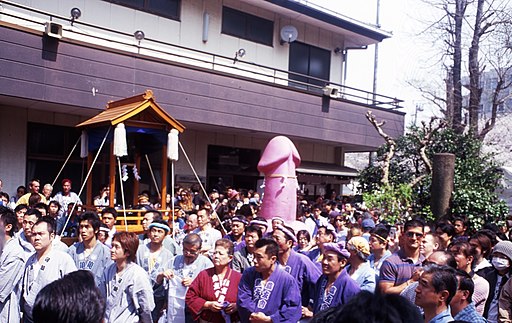
Visitors can purchase souvenirs like phallic-shaped candies, lollipops, and even vegetables, making it a one-of-a-kind shopping experience they won’t find anywhere else.
4. Boryeong Mud Festival – South Korea’s Muddy Extravaganza
Get down and dirty at South Korea’s Boryeong Mud Festival, where participants revel in mud-covered madness. This unique celebration originated from the local cosmetic industry, and now people flock to the beach to enjoy mudslides, mud wrestling, and even mud pools with rejuvenating properties.

The Boryeong Mud Festival showcases the transformative power of mud, as participants cover themselves in the nutrient-rich mud, giving their skin a rejuvenating and healthy glow. Throughout the festival, dance parties, concerts, and other lively activities take place, infusing the event with a festive and joyous spirit.
Not only do attendees enjoy mud-based fun, but local beauty companies also set up stalls to offer various skincare products derived from the very mud used in the festival.
5. Thaipusam – India’s Piercing Ritual
Experience the awe-inspiring Thaipusam festival celebrated by Hindus in various parts of the world, most notably in Malaysia. Devotees pierce their bodies with hooks and skewers as an act of penance and devotion. Witness the intense displays of faith as participants carry elaborate kavadis (decorated structures) while in a trance-like state.
Devotees begin their preparations for Thaipusam weeks in advance, observing strict vegetarian diets, practicing meditation, and performing acts of charity, making it a profound and transformative spiritual journey. The piercing ritual is believed to induce a trance-like state, allowing devotees to transcend pain and connect with the divine on a deeply spiritual level.
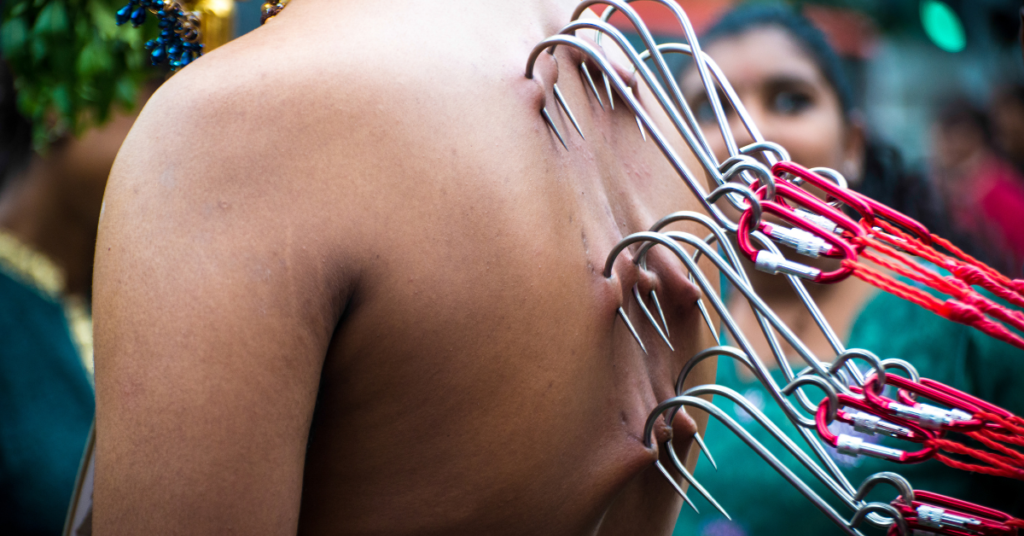
Thaipusam serves as a cultural bridge, bringing people from different backgrounds together to witness and respect this remarkable expression of faith.
6. Finger Cutting – Dani Tribe’s Ritual in Indonesia
In the highlands of Papua, Indonesia, the Dani tribe practices a rather unusual tradition as part of the local justice system. When a person is found guilty of a crime, they must undergo a ritualistic finger-cutting ceremony, with the number of fingers cut depending on the severity of the offense.
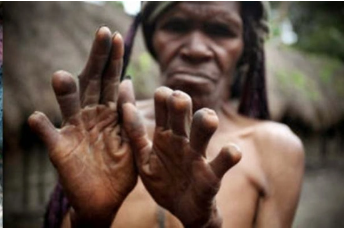
The finger-cutting ritual is more than just a form of punishment; it is a testament to the Dani tribe’s commitment to maintaining social harmony and a strong sense of accountability. After the ceremony, a ritual feast follows, during which the offender is reintegrated into the community, signifying forgiveness and reconciliation. Despite its unique nature, the ritual has helped maintain a low crime rate within the tribe and has been a symbol of the Dani people’s enduring traditions.
7. Cap Go Meh – Indonesia’s Lantern Festival
In Singkawang, Indonesia, the Cap Go Meh Lantern Festival marks the end of the Chinese New Year celebrations. The highlight of this event is the “Bakar Hiu” tradition, where people release thousands of paper lanterns into the sky to carry their wishes and hopes for the coming year.
Cap Go Meh is an extraordinary blend of ancient Chinese traditions and Indonesian customs, showcasing the harmony and unity of different cultural influences in the region. The spectacle of thousands of lanterns illuminating the night sky creates a magical and enchanting atmosphere, leaving visitors in awe of the beauty and grandeur of the event.
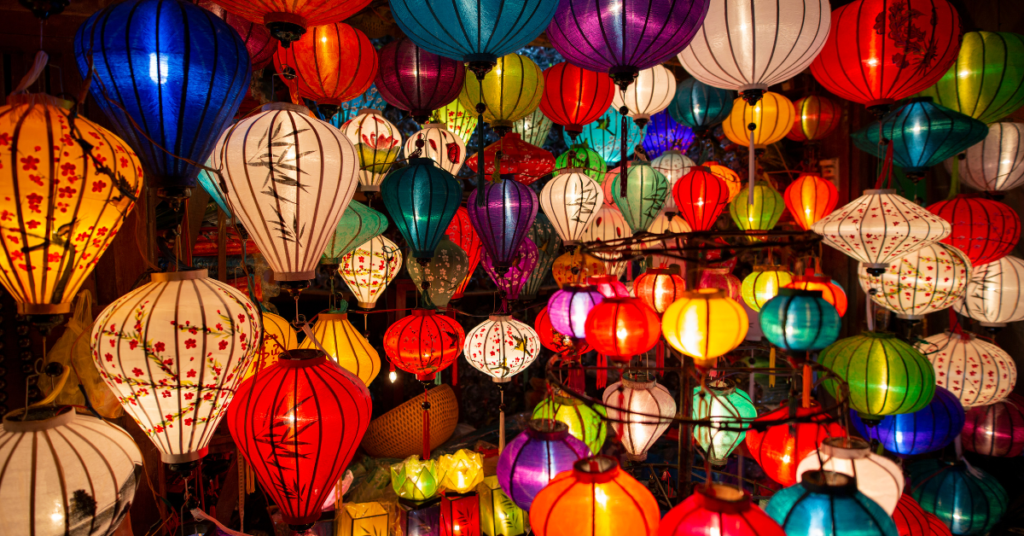
The festival represents the collective aspirations and dreams of the community, as the lanterns carry people’s hopes and wishes for a brighter future.
8. Night of the Radishes – Mexico’s Carved Creations
Celebrate Christmas Eve in Oaxaca, Mexico, with the fascinating Noche de Rábanos, or Night of the Radishes. Farmers and artisans create intricate sculptures using radishes, depicting scenes from religious and cultural events.
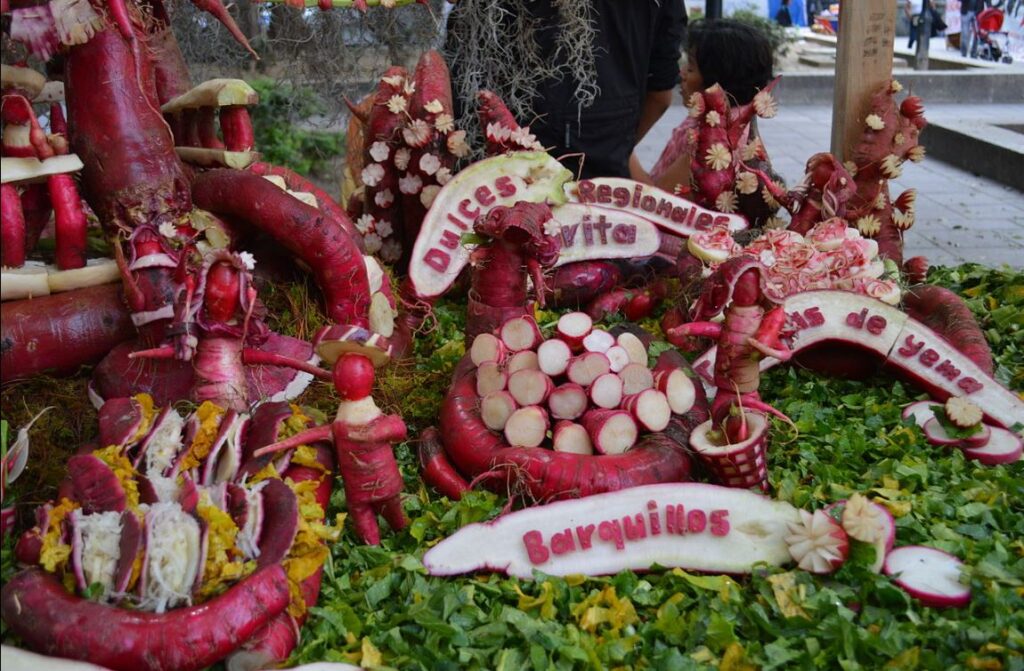
This unique festival attracts tourists and locals alike, showcasing the creativity of the community. Noche de Rábanos is not just an artistic showcase but also a celebration of the region’s rich agricultural heritage, emphasizing the importance of local produce in Oaxacan culture. The event attracts talented artisans from all corners of Oaxaca, who vie for the top prize in the radish-carving competition, resulting in intricate and breathtaking sculptures.
As families and friends gather to witness the radish masterpieces, the festival fosters a sense of community pride and camaraderie.
9. Tübingen Necktie Cutting – Germany’s Student Tradition
In Tübingen, Germany, every year during the summer, students cut off their neckties with a pair of scissors in a wild display of rebellion against traditional formal attire.
This quirky tradition symbolizes their transition from their first to their final academic year. The Necktie Cutting tradition is a rite of passage that symbolizes the students’ transition into a new phase of academic and personal growth, leaving behind the formality of their earlier years. The ritual is a lighthearted and joyous event, encouraging students to embrace their individuality and uniqueness as they progress in their educational journey.

Neckties are sometimes replaced with colorful scarves, symbolizing the students’ readiness to face new challenges with a touch of youthful exuberance.
10. Endocannibalism – The Fore Tribe of Papua New Guinea
Discover the Fore tribe’s tradition of endocannibalism in Papua New Guinea. When a loved one passes away, their body is ritually prepared and consumed by the deceased’s family members as an act of respect and to ensure the person’s spirit continues to live on within them.

Endocannibalism among the Fore tribe is carried out with immense respect and love, as the deceased’s remains are consumed by family members to ensure their continued presence within the community. The ritual is a poignant reminder of the interconnectedness between generations and a profound expression of love and reverence for the departed.
In recent times, the Fore tribe has embraced more sustainable burial practices while still preserving the essence of their ancestral traditions, striking a delicate balance between cultural preservation and environmental consciousness.
Conclusion
As we bid adieu to this extraordinary journey through the world’s weirdest traditions, the charms and wonders of these customs leave us amazed and delighted. From tomato-fueled camaraderie to baby-jumping with jubilation, each tradition showcases the vibrancy of human creativity and the richness of cultural diversity. Embrace the weird and wonderful, and celebrate the uniqueness that makes our world a fascinating tapestry of traditions. These extraordinary customs remind us that even in the unusual, there is beauty, meaning, and a touch of magic that connects us all in our shared human experience. So, go forth and celebrate the extraordinary in the ordinary, for it is the strange and marvelous that make our world a more fascinating place to explore!
